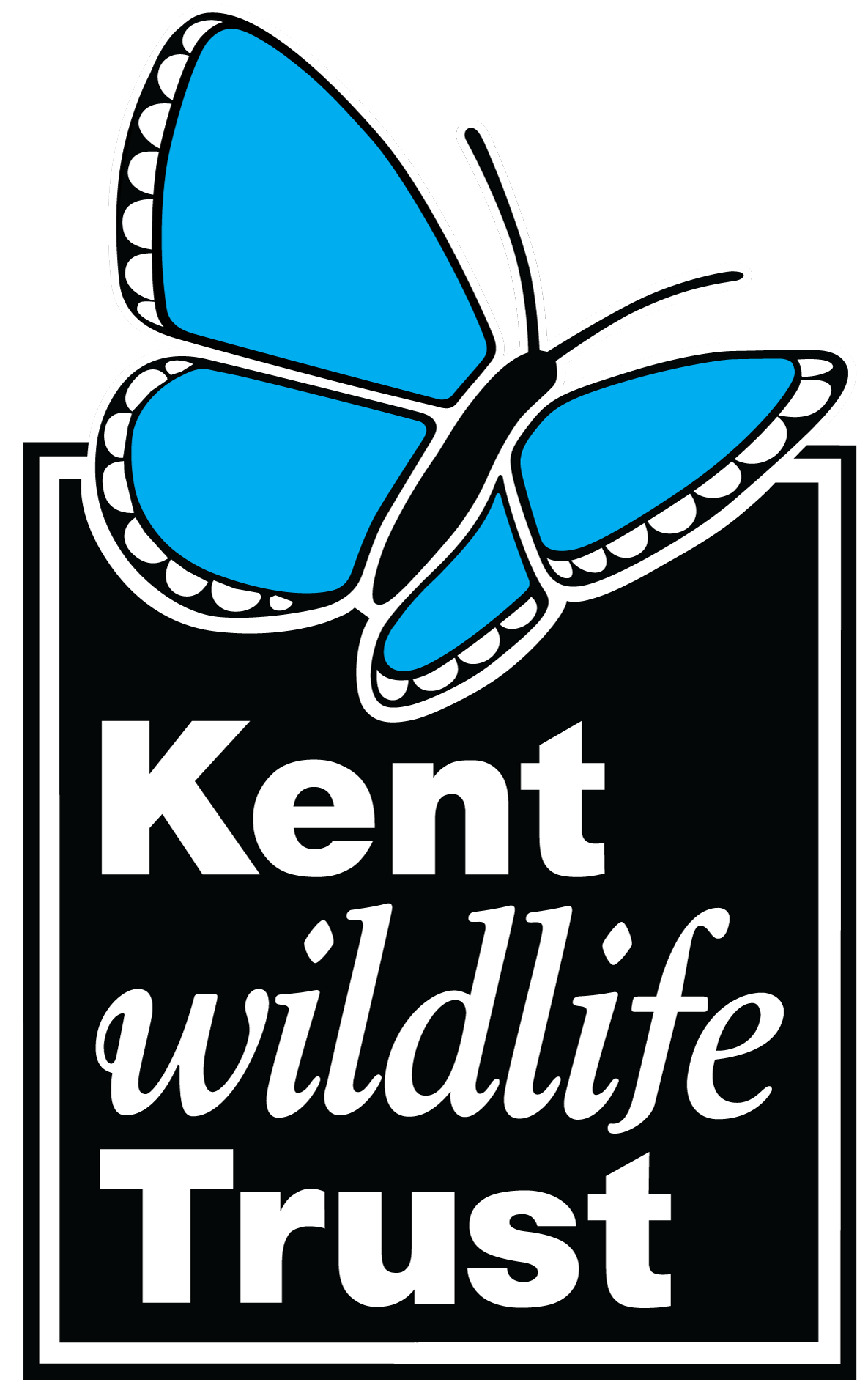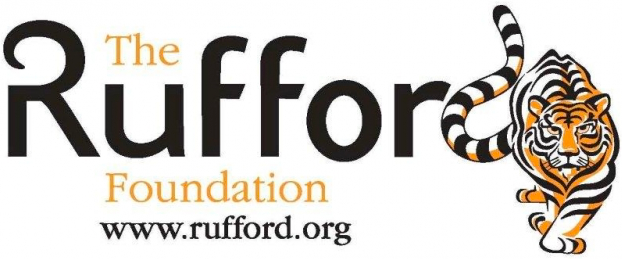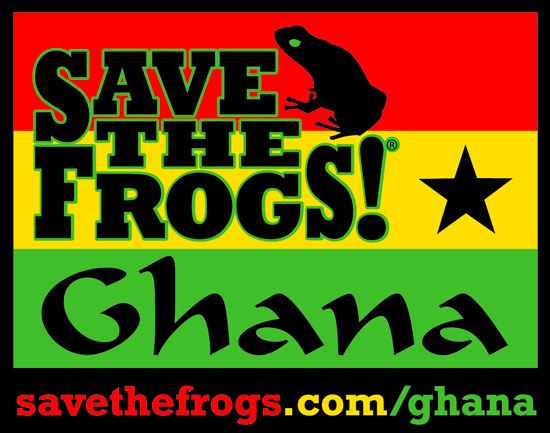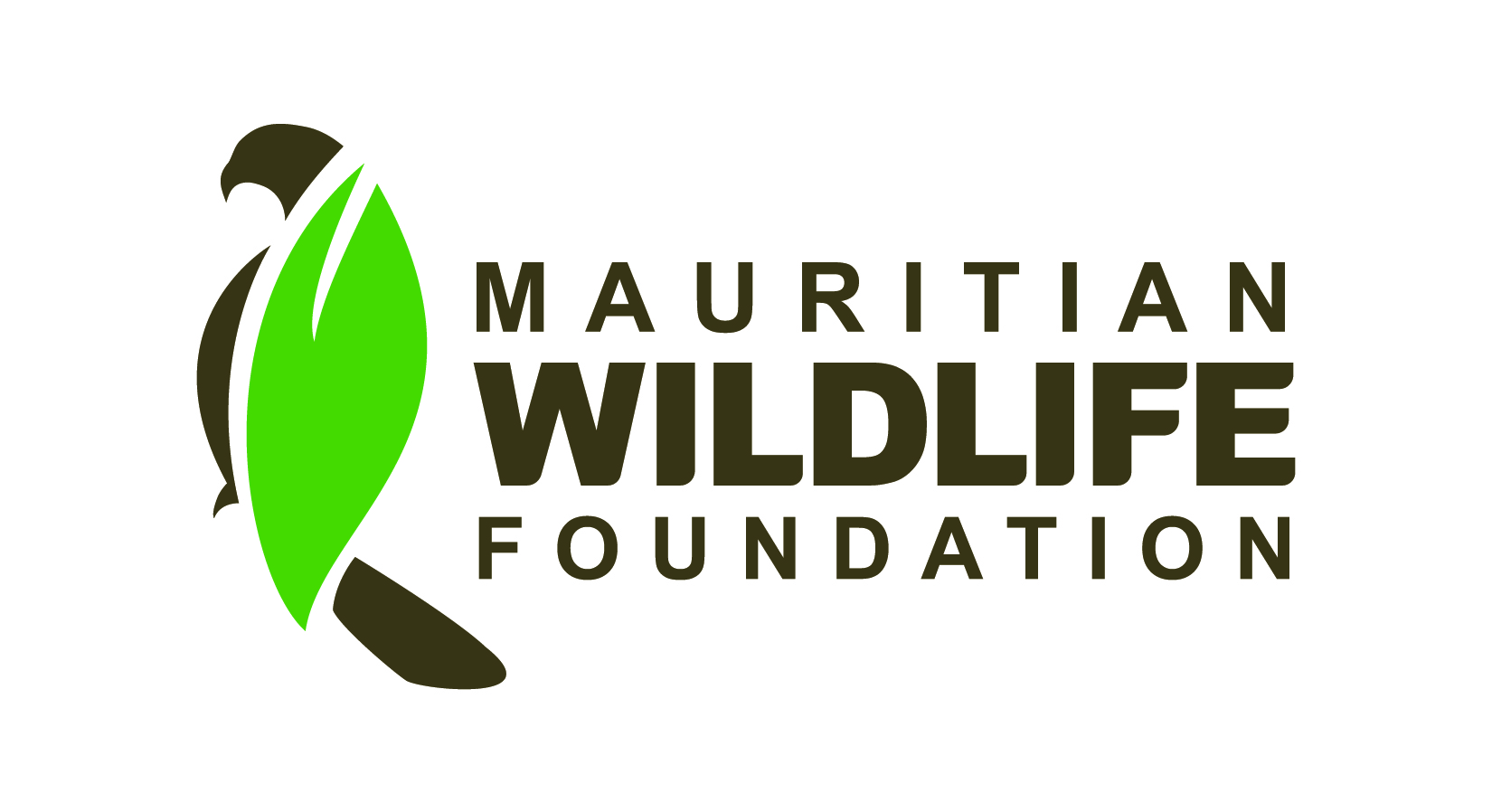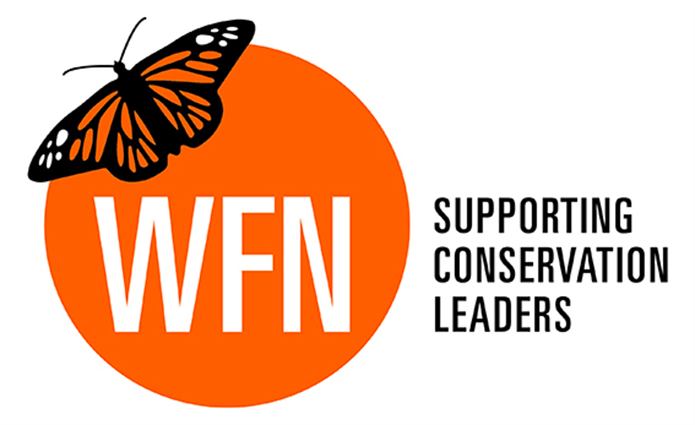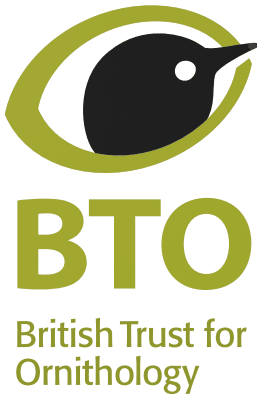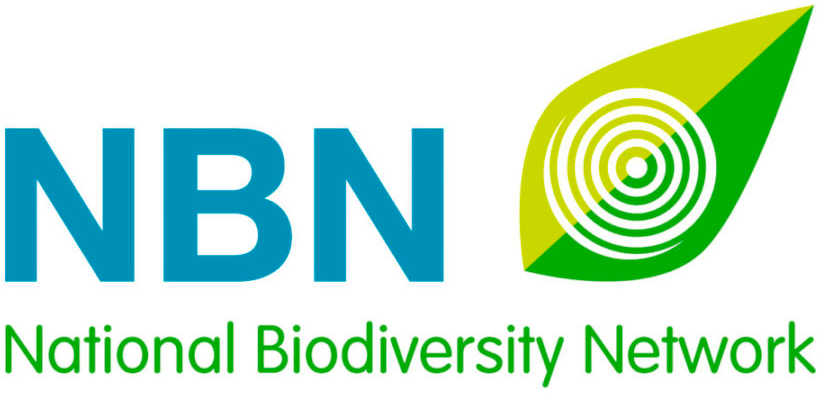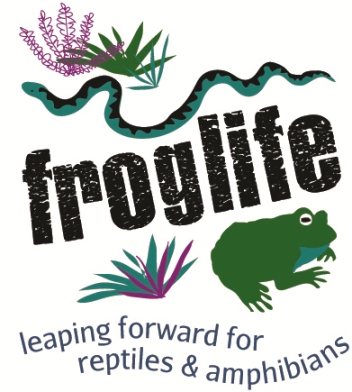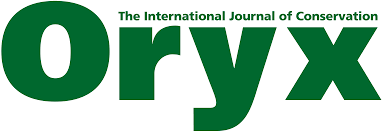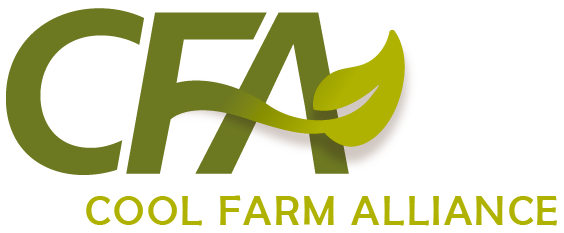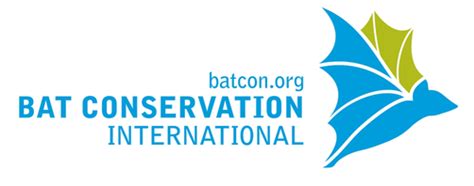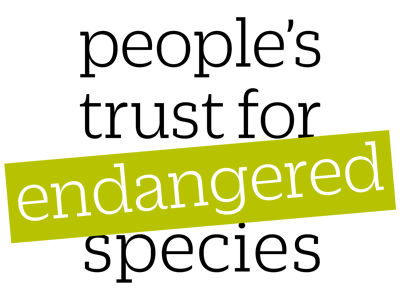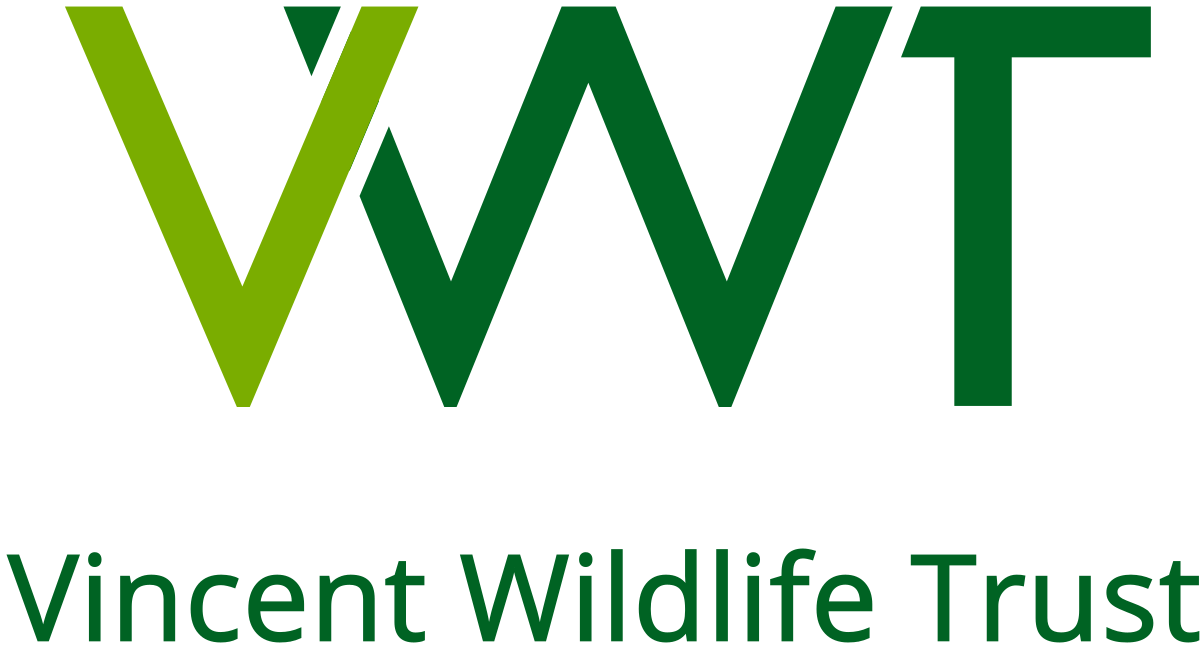The effects of peatland restoration on water-table depth, elemental concentrations, and vegetation: 10 years of changes
-
Published source details
Haapalehto T.O., Vasander H., Jauhiainen S., Tahvanainen T. & Kotiaho J.S. (2010) The effects of peatland restoration on water-table depth, elemental concentrations, and vegetation: 10 years of changes. Restoration Ecology, 19, 587-598.
Published source details Haapalehto T.O., Vasander H., Jauhiainen S., Tahvanainen T. & Kotiaho J.S. (2010) The effects of peatland restoration on water-table depth, elemental concentrations, and vegetation: 10 years of changes. Restoration Ecology, 19, 587-598.
Actions
This study is summarised as evidence for the following.
| Action | Category | |
|---|---|---|
|
Cut/remove/thin forest plantations and rewet peat Action Link |
|
-
Cut/remove/thin forest plantations and rewet peat
A before-and-after, site comparison study in 1994–2005 in two peatlands (one bog, one fen) in Finland (Haapalehto et al. 2010) found that restoration by tree removal and rewetting increased the abundance of wetland-characteristic plant species and some key peatland species. The overall plant community composition changed over ten years. Restored (clear-cut/rewetted) areas accumulated wetland-characteristic species, whilst unrestored (forested/drained) areas accumulated dryland- and forest-characteristic species (data reported as a graphical analysis). Specifically, cover of sheathed cottongrass Eriophorum vaginatum increased more in restored areas (from 4–11% before restoration to 20–21% ten years after) than unrestored areas (from 1–3% to 1–7%). In the fen, forest moss cover decreased in the restored area (from 17 to 4%) but increased in the unrestored area (from 26 to 42%). In the bog, Sphagnum moss cover increased more in the restored area (data not reported). In 1995, 10 ha of bog and 1 ha of fen were restored by clearing all trees/shrubs and blocking drainage ditches. In the restored areas, the water table was 5–17 cm below the peat surface (during summer). Comparisons were made with unrestored areas in each peatland (forested and drained; water table 23–45 cm below surface). In July 1994–1997 and 2005, vegetation cover was estimated in 9–12 permanent quadrats (0.5 m2) in each area.
(Summarised by: Nigel Taylor)
Output references
|
|

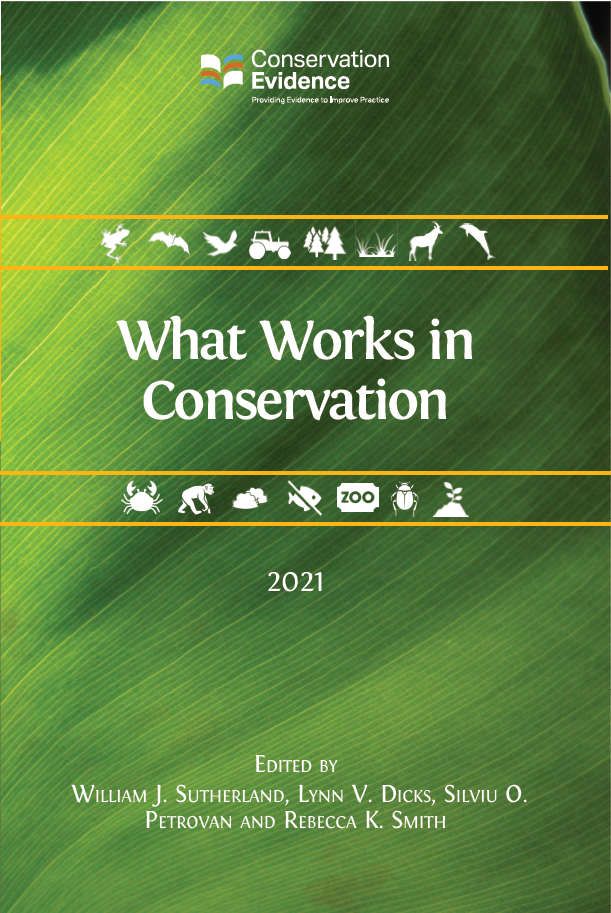
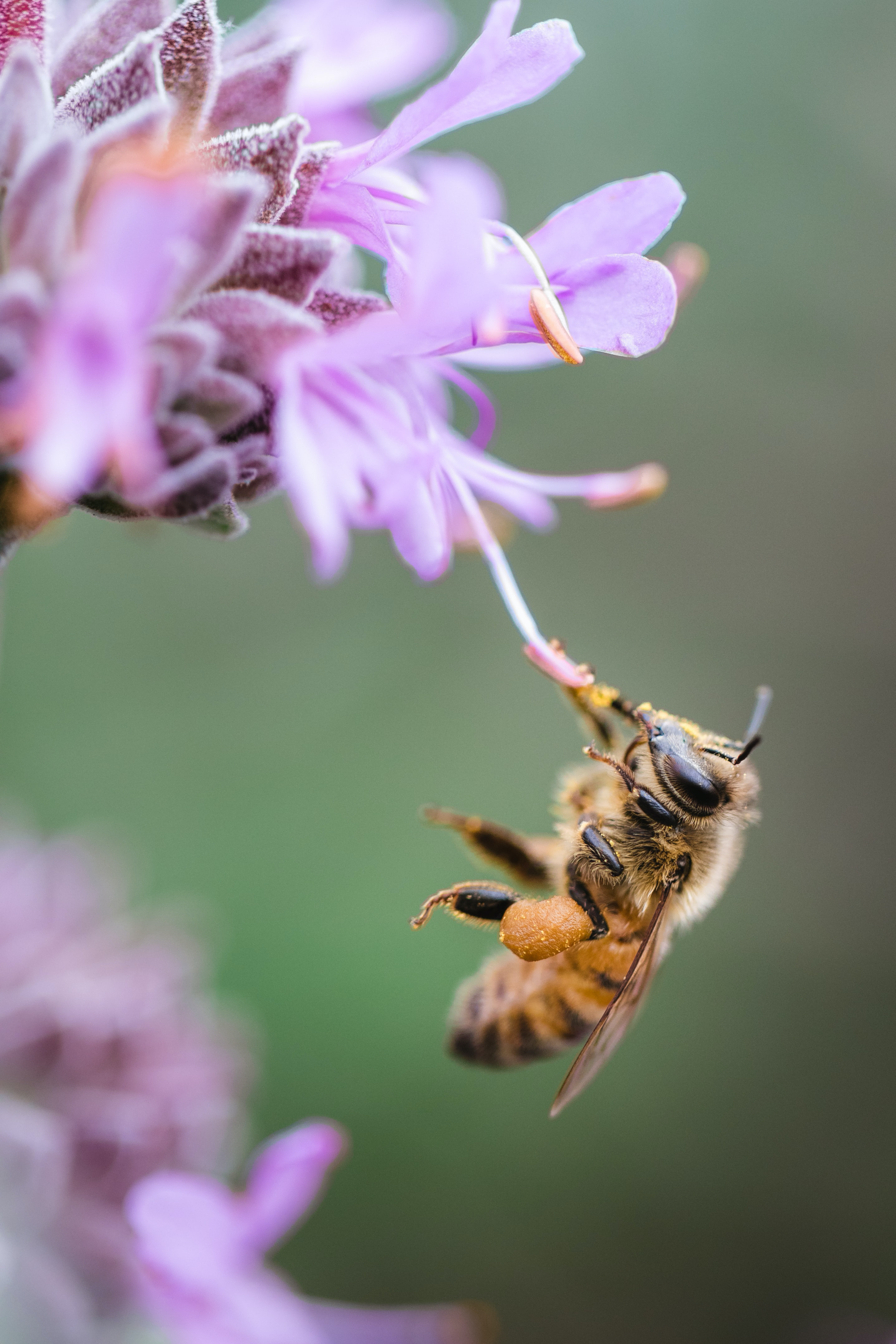

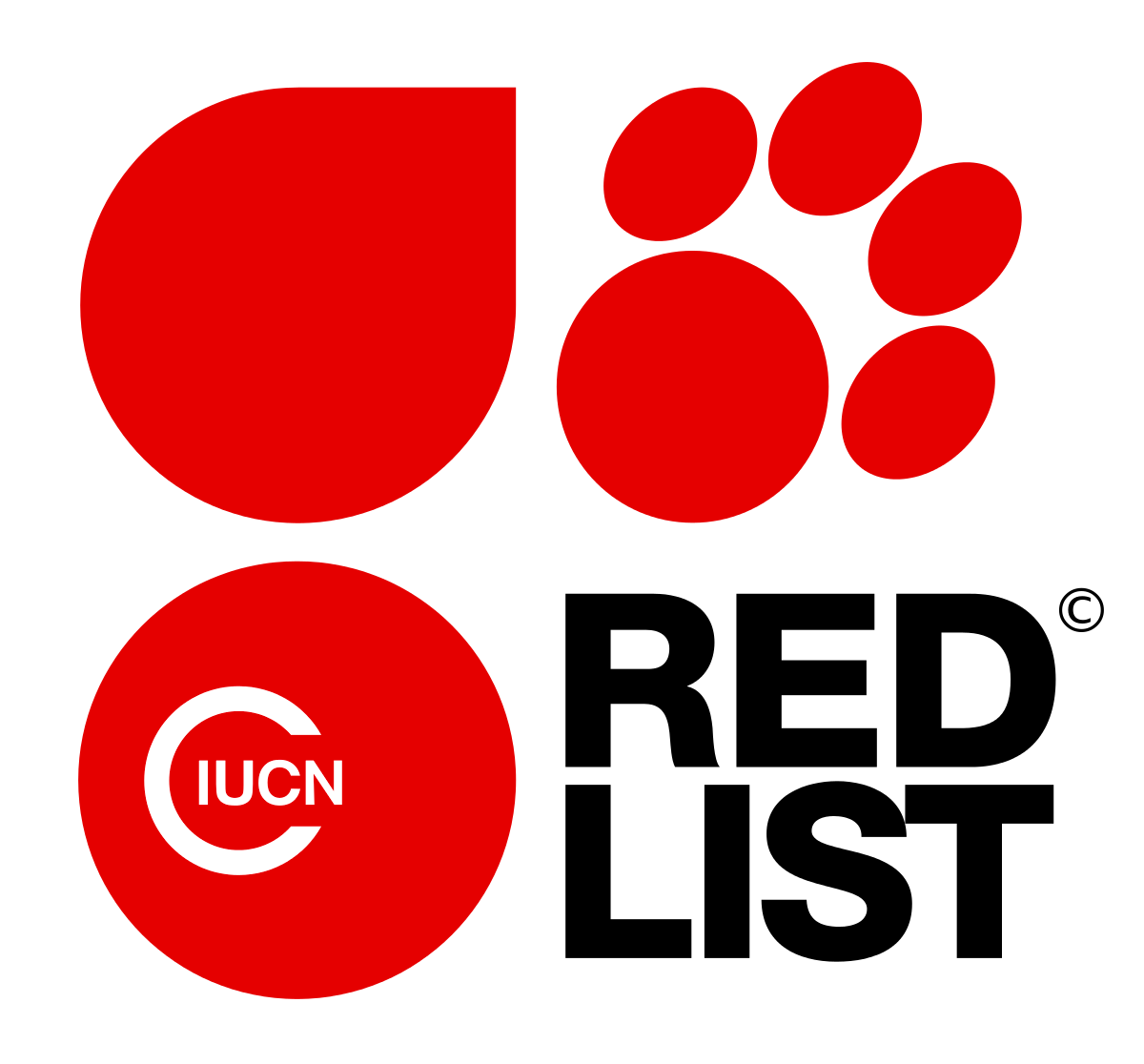
)_2023.JPG)
